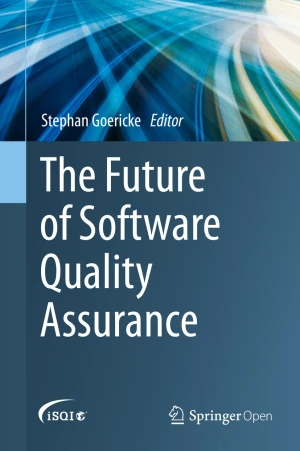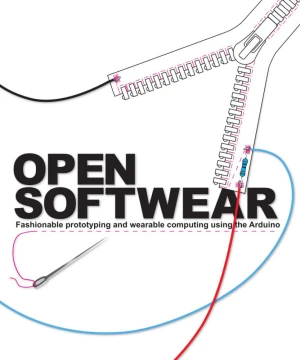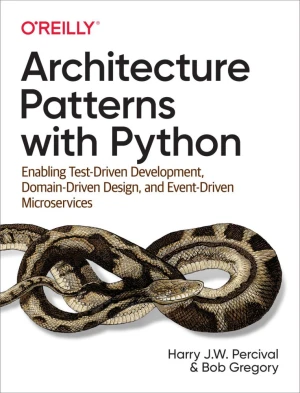Asterisk: The Future of Telephony, 2nd Edition
Join the Open Source PBX Revolution
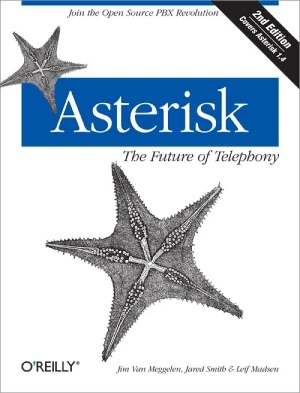
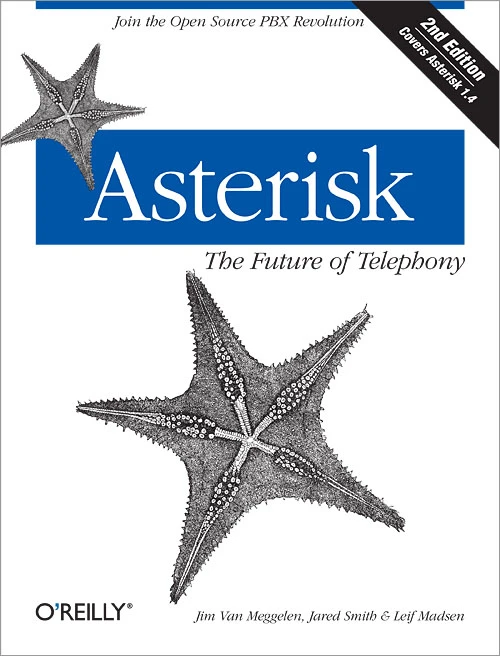
Book Details
| Authors | Jared Smith, Jim Van Meggelen, Leif Madsen |
| Publisher | O'Reilly Media |
| Published | 2009 |
| Edition | 2nd |
| Paperback | 604 pages |
| Language | English |
| ISBN-13 | 9780596510480 |
| ISBN-10 | 0596510489 |
| License | Creative Commons Attribution-NonCommercial-NoDerivatives |
Book Description
This bestselling book is now the standard guide to building phone systems with Asterisk, the open source IP PBX that has traditional telephony providers running scared! Revised for the 1.4 release of the software, the new edition of Asterisk: The Future of Telephony reveals how you can save money on equipment and support, and finally be in control of your telephone system.
If you've worked with telephony in the past, you're familiar with the problem: expensive and inflexible systems that are tuned to the vendor's needs, not yours. Asterisk isn't just a candle in the darkness, it's a whole fireworks show. Because Asterisk is so powerful, configuring it can seem tricky and difficult. This book steps you through the process of installing, configuring, and integrating Asterisk with your existing phone system.
You'll learn how to write dialplans, set up applications including speech synthesis and voice recognition, how to script Asterisk, and much more - everything you need to design a simple but complete system with little or no Asterisk experience, and no more than rudimentary telecommunications knowledge. The book includes:
- A new chapter on managing/administering your Asterisk system
- A new chapter on using Asterisk with databases
- Coverage of features in Asterisk 1.4
- A new appendix on dialplan functions
- A simplified installation chapter
- New simplified SIP configuration, including examples for several popular SIP clients (soft phones and IP telephones)
- Revised chapters and appendicies reviewed and updated for the latest in features, applications, trends and best-practices
Asterisk is revolutionizing the telecom industry, due in large part to the way it gets along with other network applications. While other PBXs are fighting their inevitable absorption into the network, Asterisk embraces it. If you need to take control of your telephony systems, move to Asterisk and see what the future of telecommunications looks like.
This book is available under a Creative Commons Attribution-NonCommercial-NoDerivatives license (CC BY-NC-ND), which means that you are free to copy and distribute it, as long as you attribute the source, don't use it commercially, and don't create modified versions.
If you enjoyed the book and would like to support the author, you can purchase a printed copy (hardcover or paperback) from official retailers.
Download and Read Links
Share this Book
[localhost]# find . -name "*Similar_Books*"
The Computers That Made Britain
The home computer boom of the 1980s brought with it now iconic machines such as the ZX Spectrum, BBC Micro, and Commodore 64. Those machines would inspire a generation. Written by Tim Danton. The Computers That Made Britain (300 pages, hardback) tells the story of 19 of those computers - and what happened behind the scenes. With dozens of new inter
The Future of Software Quality Assurance
This open access book, published to mark the 15th anniversary of the International Software Quality Institute (iSQI), is intended to raise the profile of software testers and their profession. It gathers contributions by respected software testing experts in order to highlight the state of the art as well as future challenges and trends. In additio
Open softwear
Open Softwear is a book about fashion and technology. More precisely it is a book about Arduino boards, conductive fabric, resistive thread, soft buttons, LEDs, and some other things. Authors got the chance to come together to write down their conclusions in the form of an illustrated book aiming at students and professionals trying to enter the fi
Rethinking the Internet of Things
Apress is proud to announce that Rethinking the Internet of Things was a 2014 Jolt Award Finalist, the highest honor for a programming book. And the amazing part is that there is no code in the book. Over the next decade, most devices connected to the Internet will not be used by people in the familiar way that personal computers, tablets and smart
Managing Risk and Information Security, 2nd Edition
Examine the evolving enterprise security landscape and discover how to manage and survive risk. While based primarily on the author's experience and insights at major companies where he has served as CISO and CSPO, the book also includes many examples from other well-known companies and provides guidance for a management-level audience. Managing Ri
Architecture Patterns with Python
As Python continues to grow in popularity, projects are becoming larger and more complex. Many Python developers are taking an interest in high-level software design patterns such as hexagonal/clean architecture, event-driven architecture, and the strategic patterns prescribed by domain-driven design (DDD). But translating those patterns into Pytho


